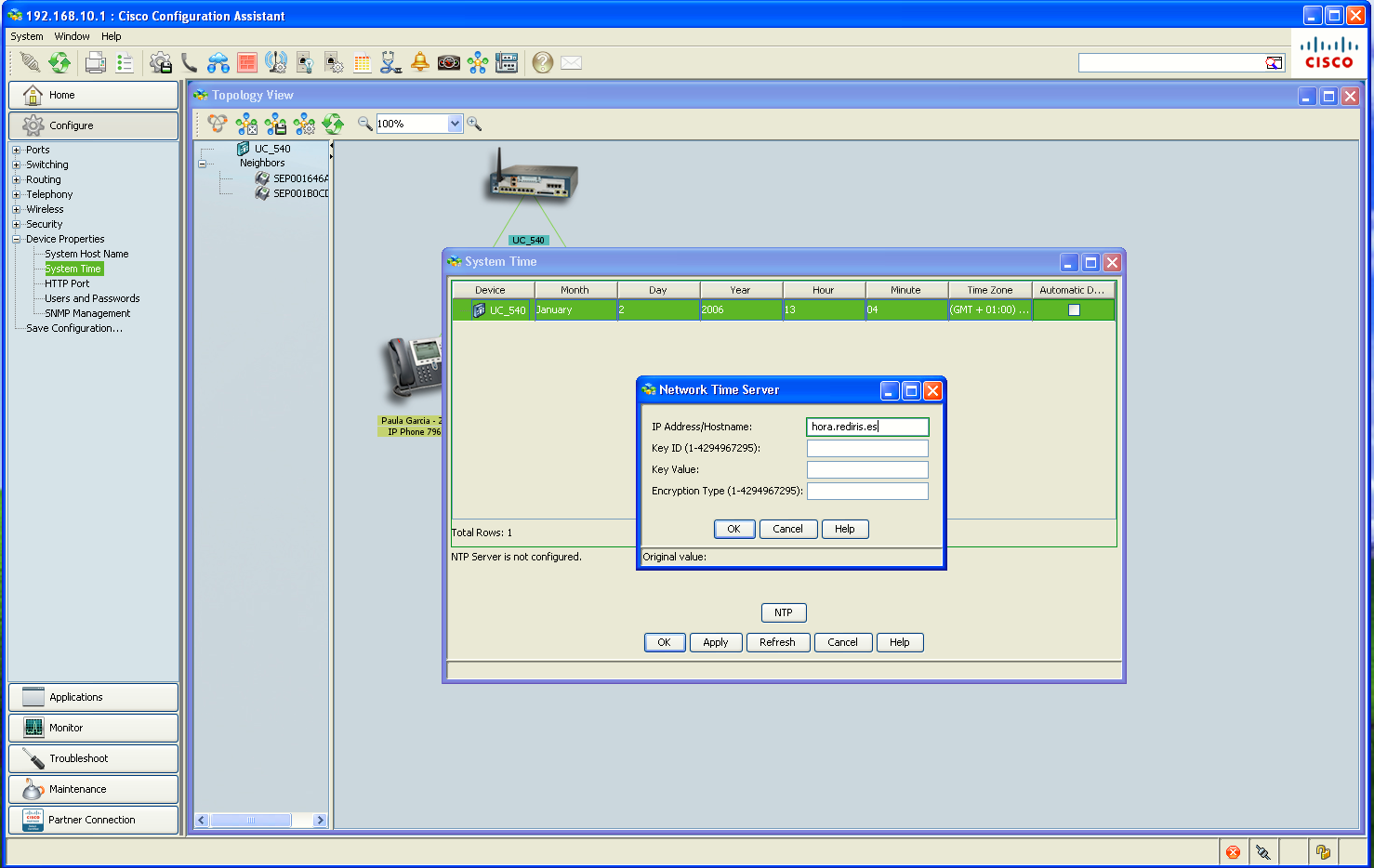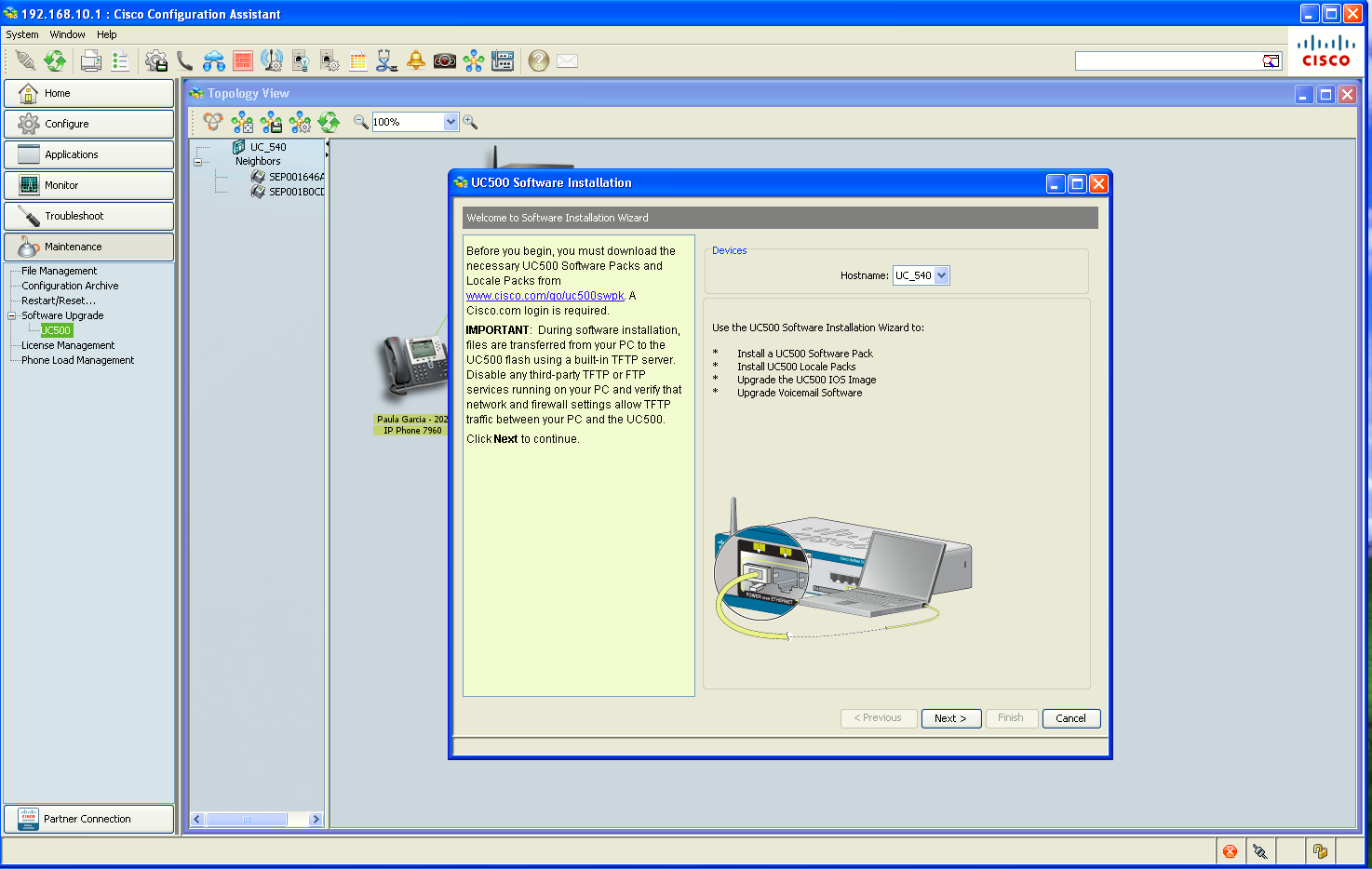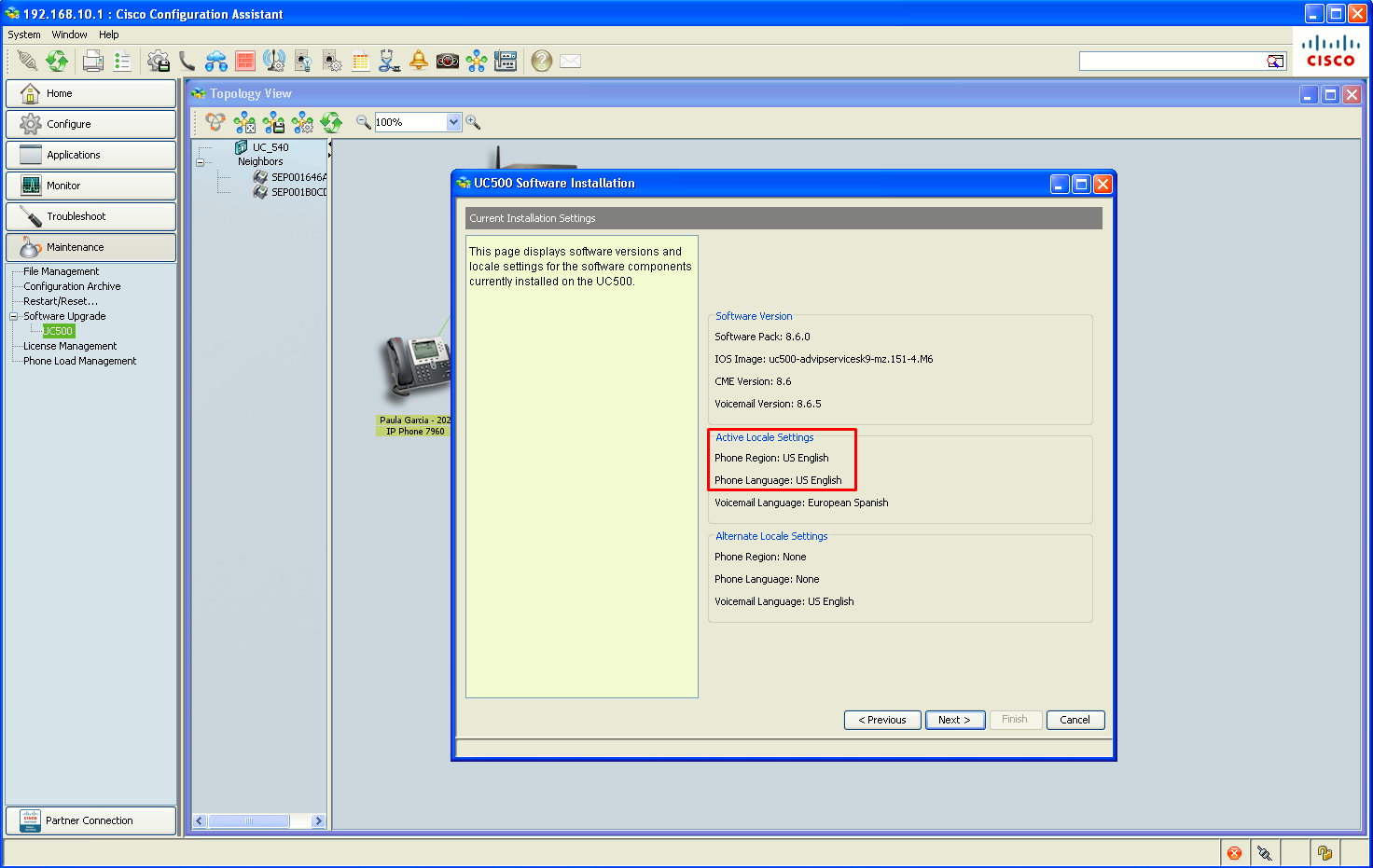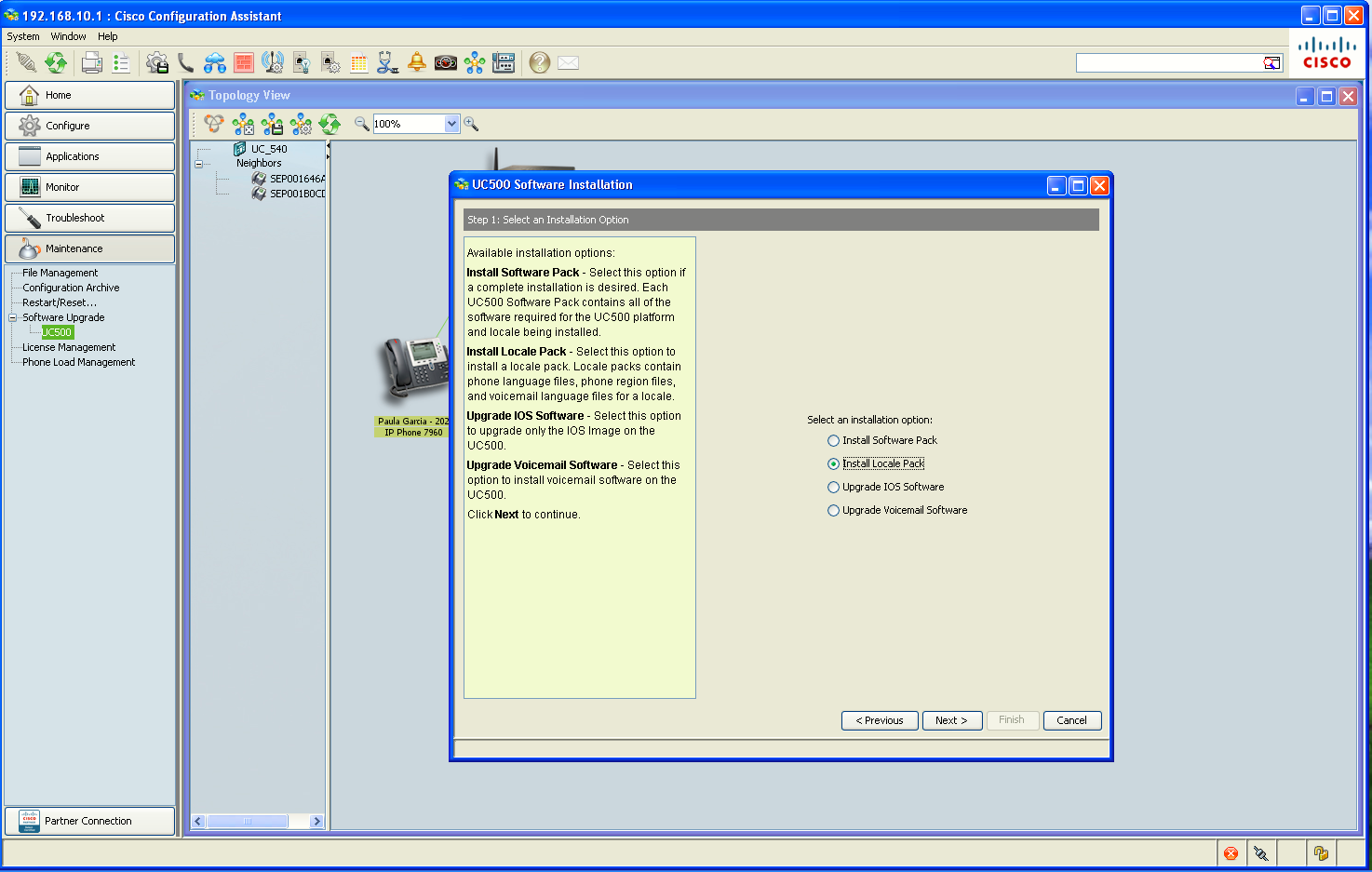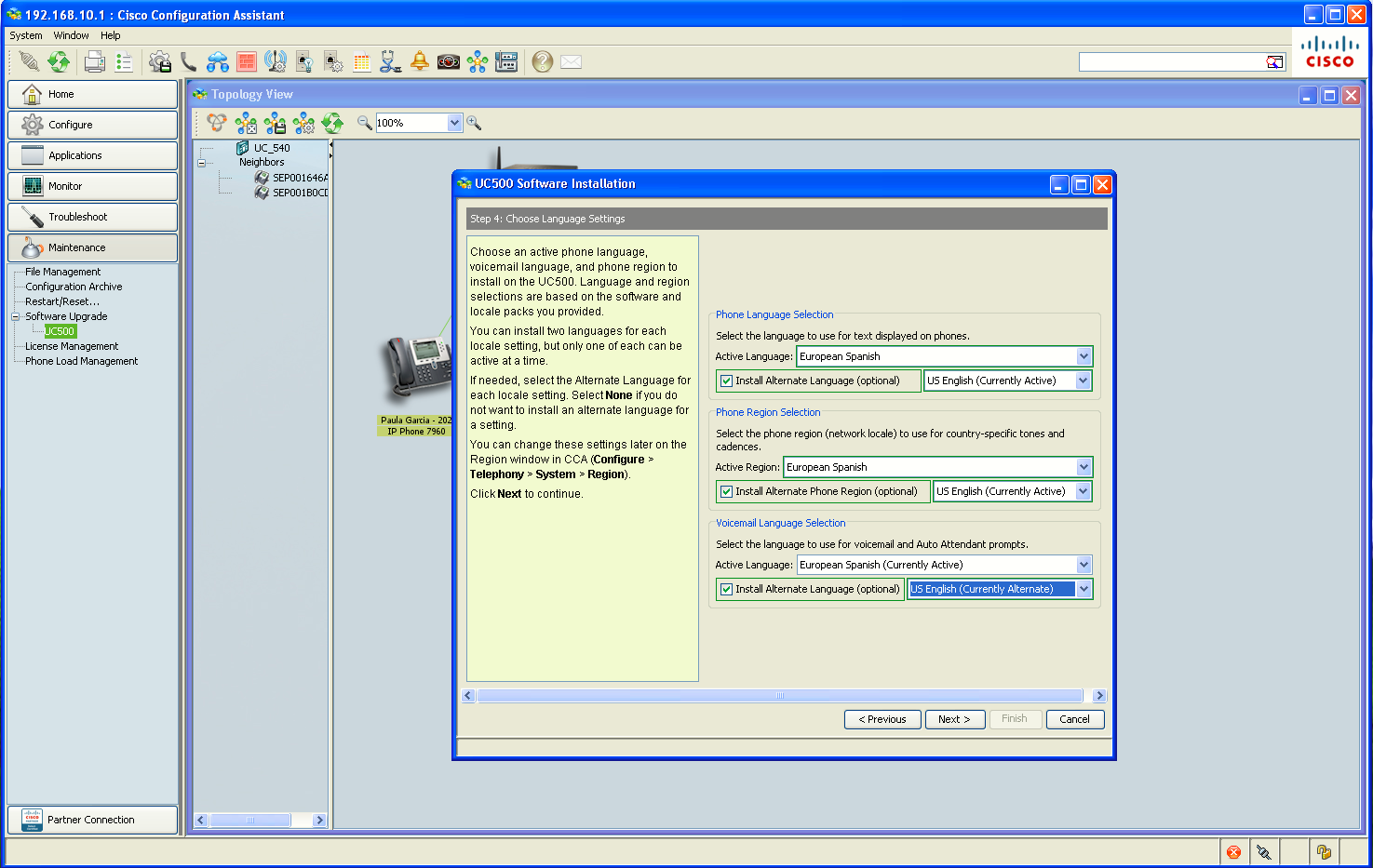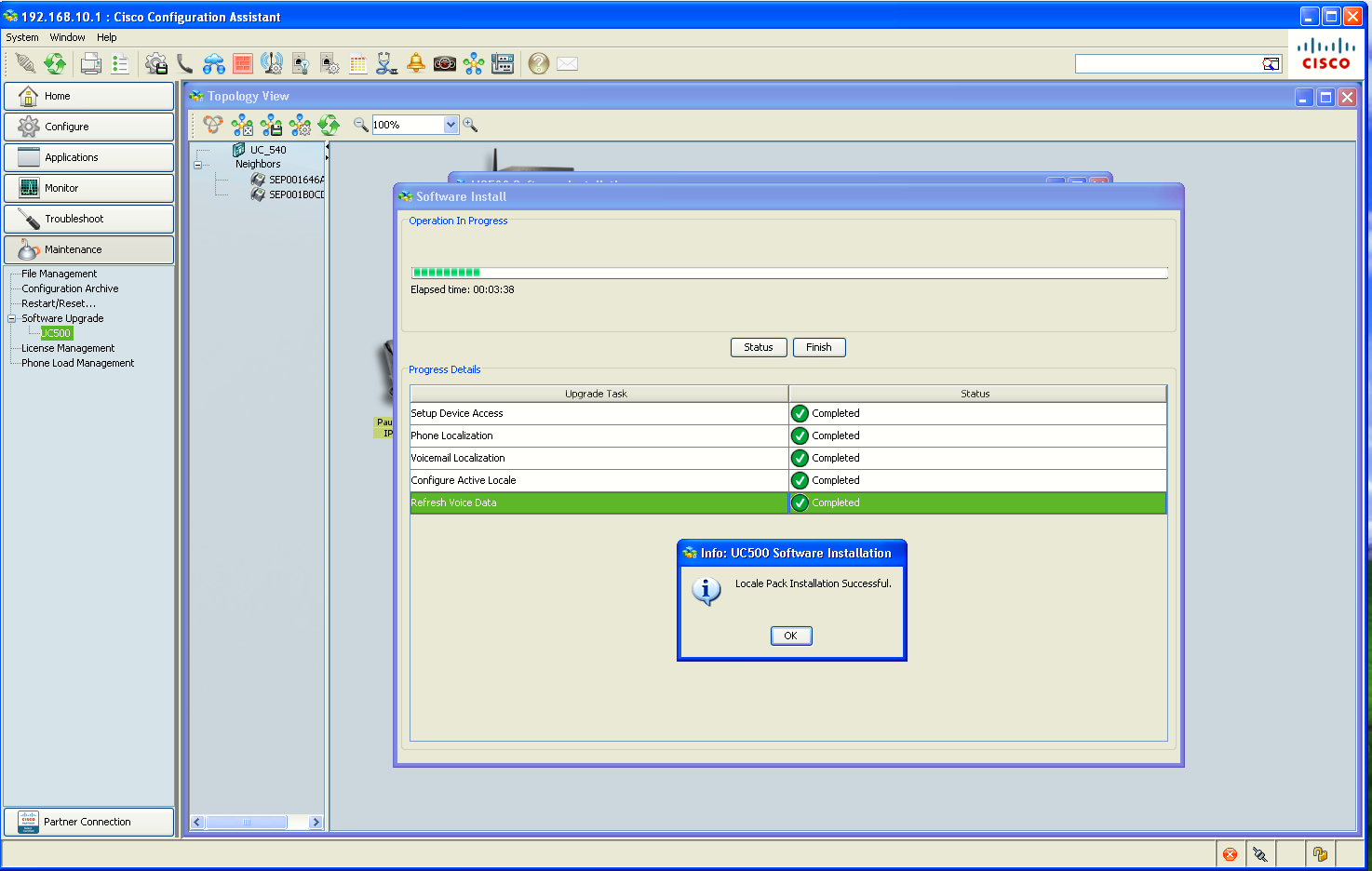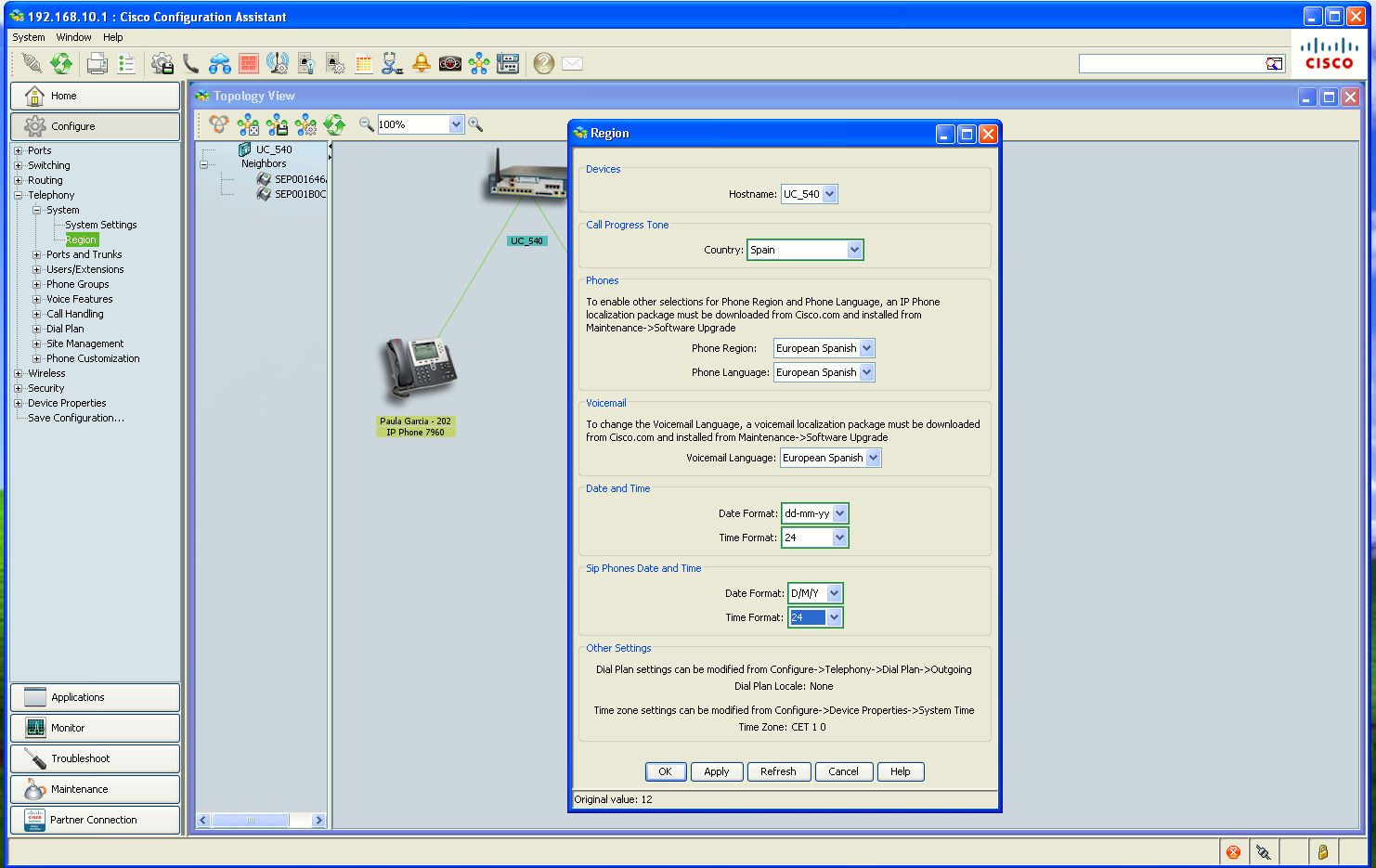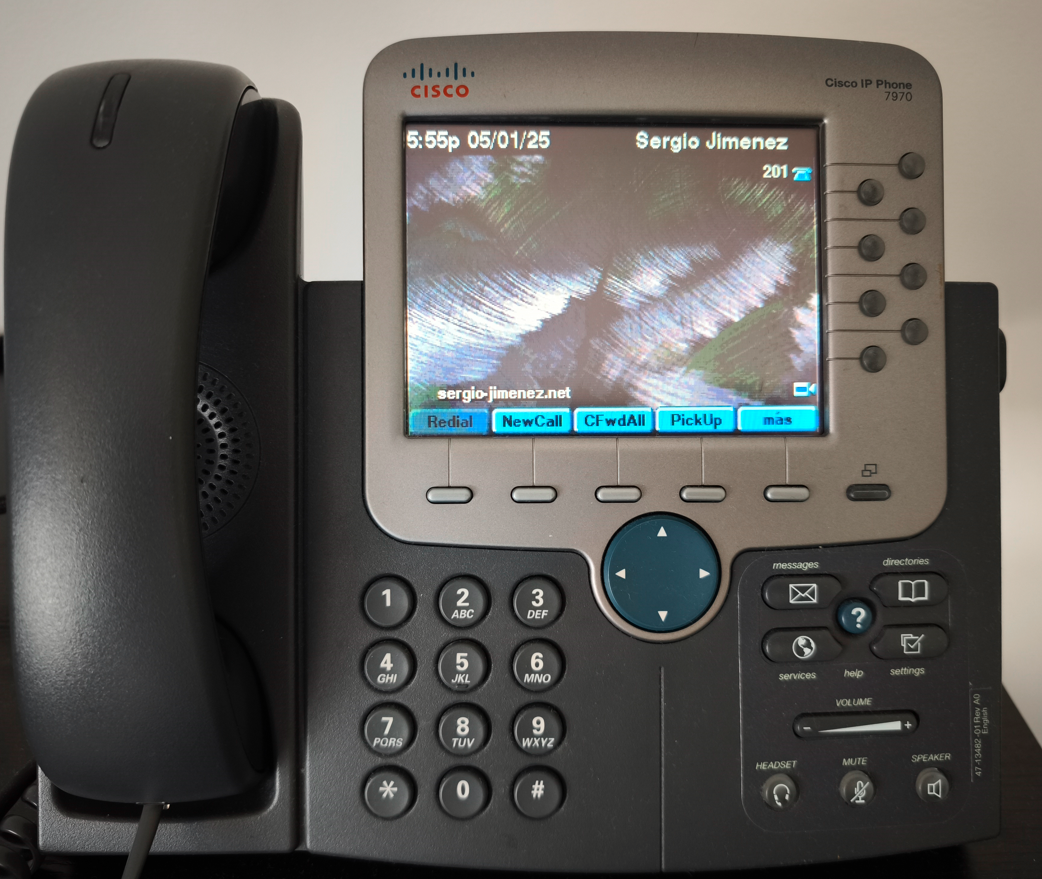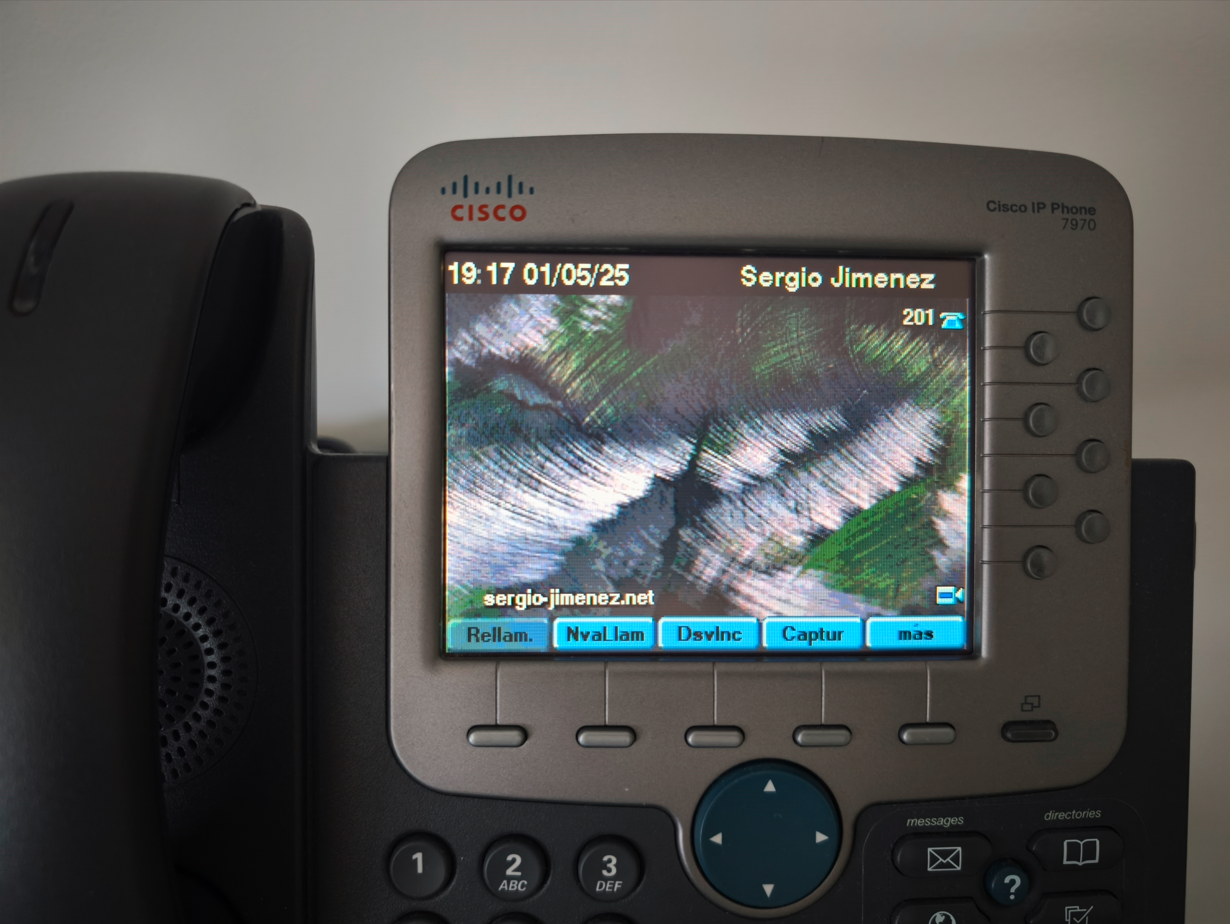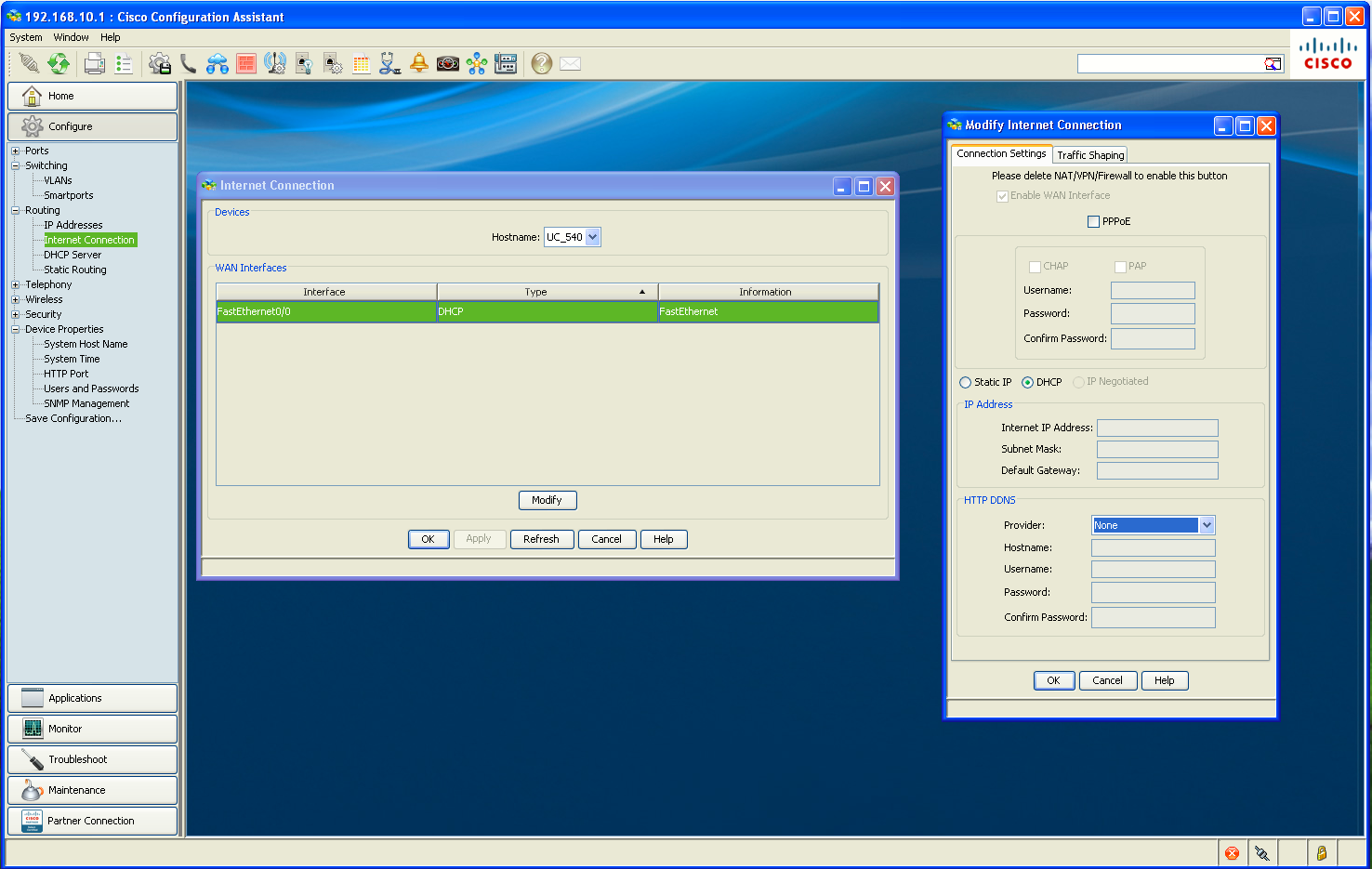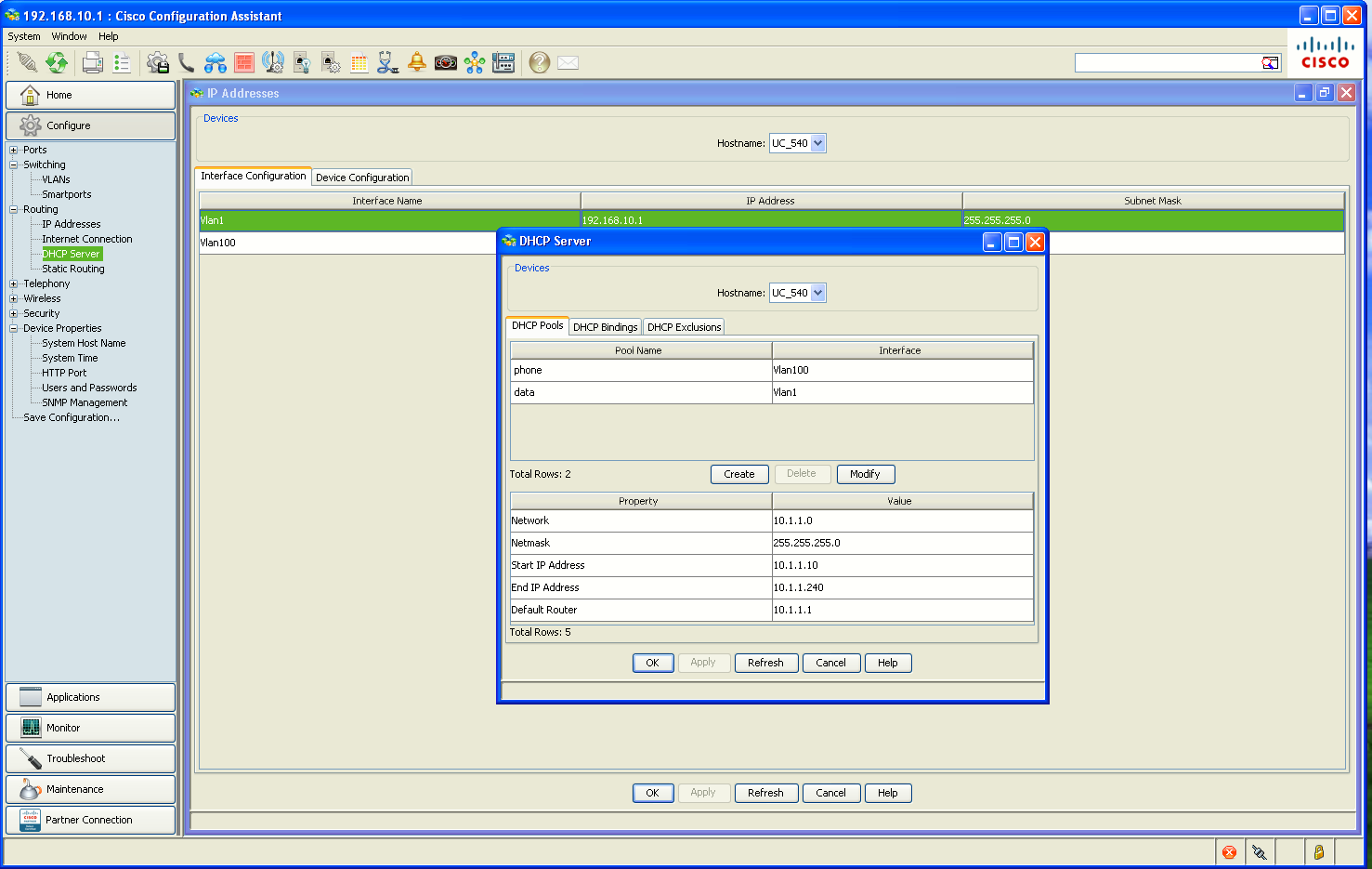Cisco UC500 Lab #1-2: Configuring basic system settings
Introduction
Below is a concise checklist of the basic system‐level settings we should configure on Cisco Unified CME (and on any Cisco IOS router hosting CME) to align with Cisco best practices. These recommendations cover time sync, name services, localization, logging/monitoring, security, and more.
0. Initial Configuration Cleaning
First of all I will begin cleaning the initial configuration that resulted from the Telephony Setup Wizard. This wizard made us include some legacy ISDN/BRI configuration that we'll not be using on the lab:
1. Remove ISDN switch-type and trunk-group definitions
------------------------------------------------------
no isdn switch-type basic-net3
no trunk group ALL_BRI
2. Default BRI interfaces (although only BRI0/1/0 was configured during wizard setup)
-------------------------------------------------------------------------------------
interface BRI0/1/0
shutdown
no isdn point-to-point-setup
interface BRI0/1/1
shutdown
no isdn point-to-point-setup
default interface BRI0/1/0
default interface BRI0/1/1
3. Remove POTS voice-ports configuration
----------------------------------------
voice-port 0/0/0
shutdown
no cptone
no caller-id enable
no signal immediate
no input gain auto-control
no description
<REPEAT FOR voice-port 0/0/1-3>
voice-port 0/1/0
no compand-type
no bearer-cap
!
voice-port 0/1/1
no compand-type
no bearer-cap
no cptone
!
voice-port 0/4/0
no auto-cut-through
no signal immediate
no input gain auto-control -15
no description
4. Delete all POTS dial-peers and Class of Restriction (CORs)
-----------------------------
no dial-peer voice 1 pots
no dial-peer voice 2 pots
no dial-peer voice 3 pots
no dial-peer voice 4 pots
no dial-peer voice 5 pots
no dial-peer voice 6 pots
no dial-peer voice 50 pots
no dial-peer voice 51 pots
no dial-peer voice 52 pots
no dial-peer voice 53 pots
no dial-peer voice 54 pots
no dial-peer voice 55 pots
no dial-peer voice 56 pots
no dial-peer voice 57 pots
no dial-peer voice 58 pots
no dial-peer voice 59 pots
no dial-peer voice 60 pots
no dial-peer voice 61 pots
no dial-peer voice 62 pots
no dial-peer voice 63 pots
no dial-peer voice 64 pots
no dial-peer voice 65 pots
no dial-peer voice 66 pots
no dial-peer voice 67 pots
no dial-peer voice 68 pots
no dial-peer voice 69 pots
no dial-peer voice 70 pots
no dial-peer voice 71 pots
no dial-peer voice 72 pots
no dial-peer voice 73 pots
no dial-peer cor custom
no dial-peer cor list call-internal
no dial-peer cor list call-local
no dial-peer cor list call-local-plus
no dial-peer cor list call-national
no dial-peer cor list call-national-plus
no dial-peer cor list call-international
no dial-peer cor list call-emergency
no dial-peer cor list call-toll-free
no dial-peer cor list user-internal
no dial-peer cor list user-local
no dial-peer cor list user-local-plus
no dial-peer cor list user-national
no dial-peer cor list user-national-plus
no dial-peer cor list user-international
5. Remove ephone-dn entries tied to BRI/POTS
--------------------------------------------
no ephone-dn 9
no ephone-template 15
6. Prune translation-rules/profiles for SIP-only trunking
---------------------------------------------------------
no voice translation-rule 4
no voice translation-rule 1000
no voice translation-rule 1112
no voice translation-rule 2222
no voice translation-profile PROFILE_ALL_BRI
no voice translation-profile CallBlocking
no voice translation-profile OUTGOING_TRANSLATION_PROFILE
no voice translation-profile nondialable
7. Remove ISDN/BRI clock and switch-type references
---------------------------------------------------
no network-clock-select 1 BRI0/1/0
no network-clock-select 2 BRI0/1/1
no network-clock-participate wic 1
8. Others
----------
telephony-service
no auto assign 1 to 1 type bri
no fxo hook-flash
1. System Identity % Name Services
Hostname
The hostname was already set at the Telephony Setup Wizard so it won't be repeated here, but just know that can be set, as always, with the hostname command.
Domain Name
To configure domain name, DNS servers, and enable domain lookup on CCA: Configure > Routing > IP Addresses > Device Configuration tab:
To check that the configuration was correctly sent to UC500:
2. Time & Localization
Time Zone
The time zone was configured on the Telephony Setup Wizard so no need to configure anything else:
UC_540#show run | i clock
clock timezone CET 1 0
clock summer-time CET recurring last Sun Mar 2:00 last Sun Oct 3:00NTP Server(s)
The clock will be initially unsynchronized:
UC_540#show clock
13:06:22.023 CET Mon Jan 2 2006To add and NTP server on CCA: Configure > Device Properties > System Time
Hit NTP and add the hostname of the NTP server: hora.rediris.es (for Spain)
Click OK
Changing Locale
The default installation includes the US language pack. To install the ES (Spanish) locale pack on CCA, go to: Maintenance > Software Upgrade > UC500:
We will change the Phone Region and Phone Language to Spanish. We must install the latest ES locale pack available for UC500: UC500_8.6.2_locale_es_ES.zip
We will select the active language as European Spanish, and keep the US English as alternate (also for voicemail):
Installation progress:
After the language pack has successfully installed we can change the Locale at Configure > Telephony > System > Region:
We want to change these settings if we are based in Spain:
Call Progress Tone -> Spain
Phone Region -> European Spanish
Phone Language -> European Spanish
Voicemail Language -> European Spanish
Date Format: dd-mm-yy
Time Format: 24H
After hitting Apply the new settings will be deployed to the phones (phones will be reset), updating language and time settings. Below is a comparison:
|
Before locale update (US English) |
After locale update (European Spanish) |
3. Address Assignment & File Services
Internet Connection
Configured on CCA at Configure > Routing > Internet Connection. Ideally you would use a static address here, but I am using DHCP:
DHCP Server configuration
Can be checked on CCA at Configure > Routing > DHCP Server. At this section it is also possible to create DHCP bindings and configure DHCP exclusions.
The default configuration includes a VLAN 1 for data and VLAN 100 for voice ("phone").



